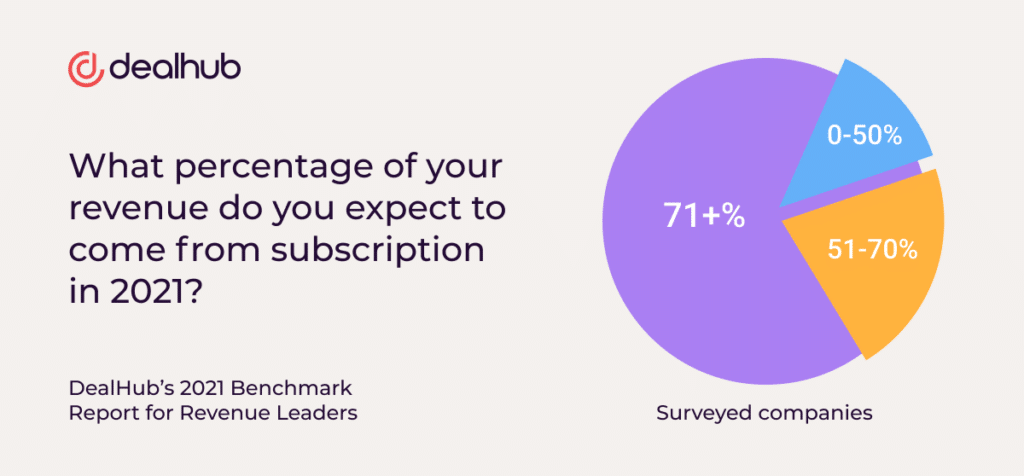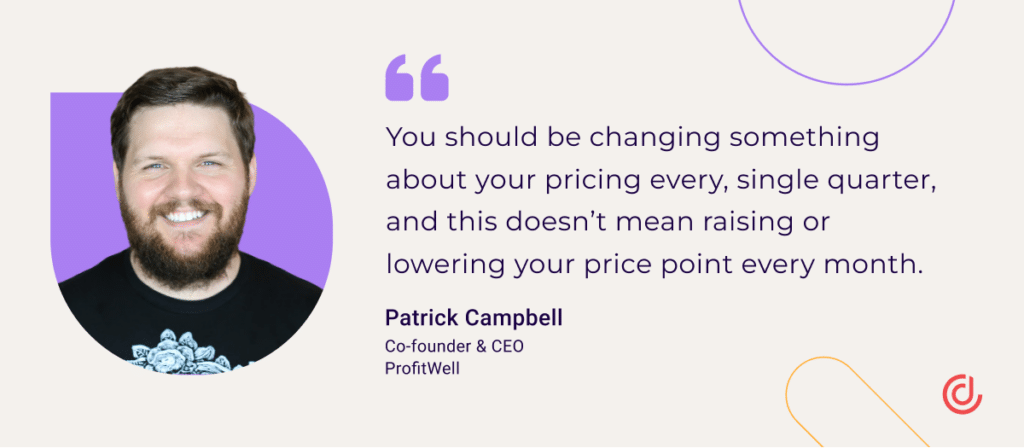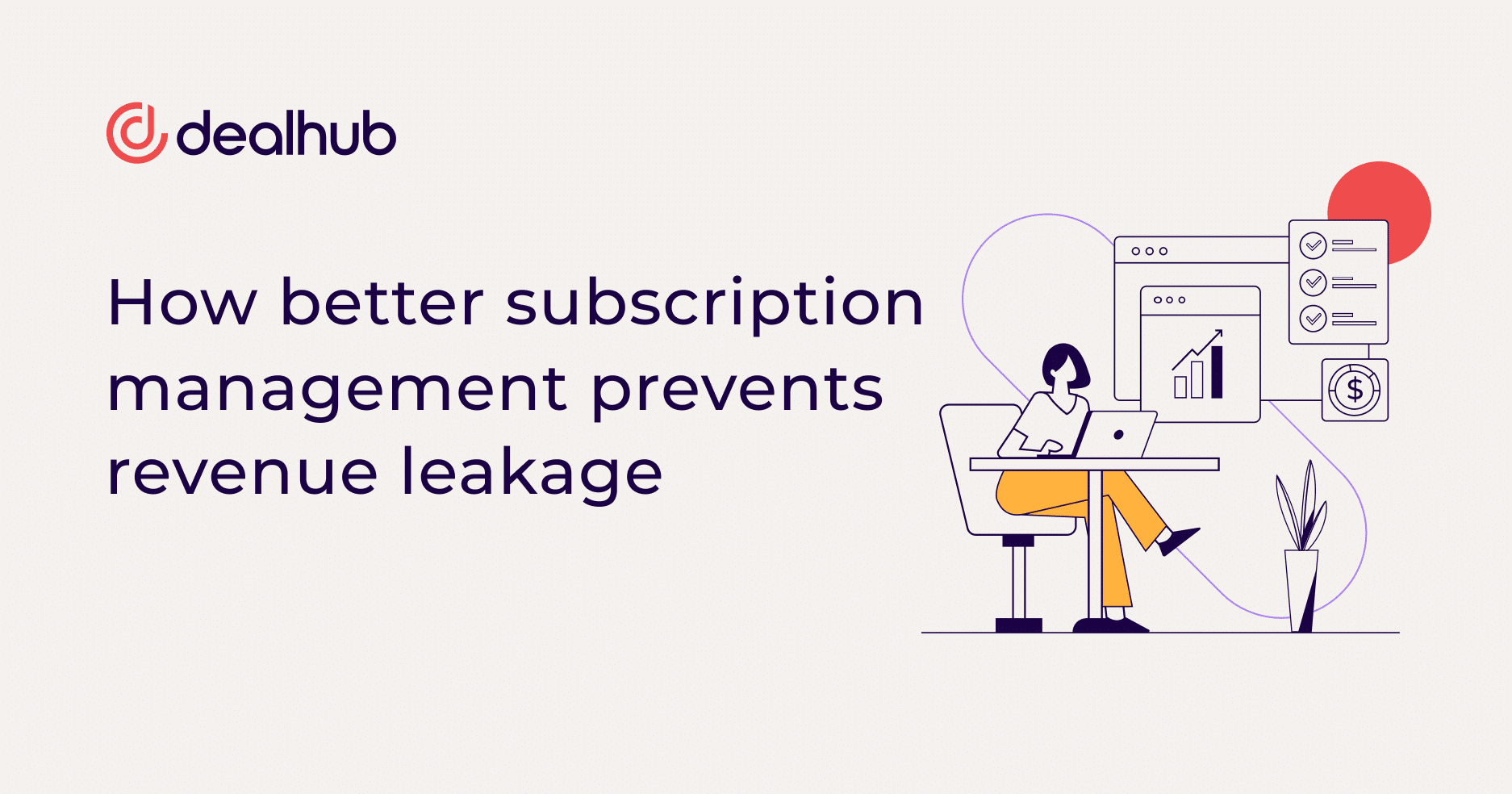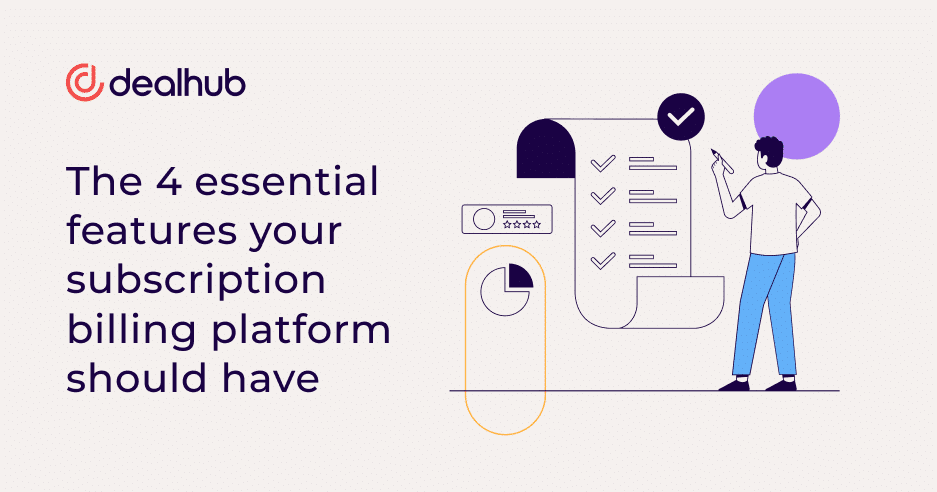A few key benefits of a subscription model are the ability to attract customers with a lower up-front cost, regular opportunities for cross-selling and upselling, and the establishment of steadier and more predictable revenue.

However, when subscriptions need to be managed manually, this gives rise to important revenue challenges. Firstly, it puts a burden on sales and customer success teams who must invest time and effort into driving renewals and expansions – all while navigating the technical complexities of doing so. Secondly, it creates ample opportunities for revenue leakage, which we’ll now explore below.
How do renewals contribute to revenue leakage?
To answer that question, you have to drill down into the data to find the sources of revenue leakage. Subscriptions require a lot of data in multiple locations. Inaccurate data slows things down and leads to costly mistakes. The issue is that keeping that data accurate and up-to-date across all data sources (like your CRM) can require a great deal of precision, manpower and time. If done manually, these processes are prone to errors, which lead to precious time being spent on detecting and correcting them which slows down sales and time to revenue.
Constant changes in pricing can be another source of revenue leakage if improperly managed and you’re relying on manual processes. Pricing updates happen more frequently than you might expect, and the more frequent these changes are, the more amplified errors will become. Why do pricing changes happen so frequently? According to Patrick Campbell, Co-Founder and CEO of Profitwell: it’s strategy. In the last RevAmp Podcast episode, Patrick says “You should be changing something about your pricing every single quarter, and this doesn’t mean raising or lowering your price point every month.”
By the time pricing mistakes are caught, it could be too late. Now, you’ll only have two options moving forward: push the deal through and allow revenue to slip through the cracks, or make the corrections slowing the sales process down and wasting everyone’s time. Time spent chasing internal stakeholders leaves your buyers feeling frustrated and increases the chances they go with a competitor.

According to Forrester, product recommendations and upselling are responsible for an average of 10-30% of revenue. That means that a major cost of manual processes and poor subscription management is missing out on potential upsells and cross-sells.
How sales process automation helps prevent revenue loss
CPQ software that incorporates sales playbooks makes it easy to manage an ever-increasing number of subscriptions and renewals. What is a playbook in sales, though? Marketo explains it quite clearly: “Sales playbooks are a means of capturing sales best practices and communicating them to salespeople.”
A playbook helps you achieve three things: simplifying, guiding, and controlling your subscription processes. Each of these steps seamlessly connects your quoting and subscription services, ensures accuracy every step of the way, and minimizes lost revenue.
1. Simplify your subscription management
Lots of considerations go into a subscription-based pricing model. Keeping track of all your renewals, keeping up-to-date with pricing and plan changes, and communicating new offers and upgrades, can all complicate the sales and account-management process.
Don’t wait until an upcoming renewal to start thinking about payment terms and standardizing packages. A subscription management solution consolidates all your renewals into one place and creates easily accessible information for any internal stakeholder. Equip your sales reps with clear, simple guidelines when discussing upcoming renewal with clients and watch their success rate soar.
2. Guide the subscription process
Sales playbooks guide the sales process and use rule-based logic to empower your sales reps to sell smarter. They will collect the right information and start making the right selling decisions now, and in the future. Without an advanced CPQ, your sales team (both reps and ops) may have to spend hours rebuilding deal structures for each customer whenever changes need to be made. DealHub’s CPQ makes it easy to make ongoing changes for each customer.
3. Take control of your subscriptions
Using workflows to automate different aspects of your subscription management process creates a fast and easy progression through the sales process. For example, you can use workflows to approve discounts outside the approved range. All relevant internal stakeholders get notified of changes, what the changes are, and given the ability to approve (or not) the discount request. Workflows mean no more spending time defining all the relevant changes for each stakeholder, or chasing them down for approvals.
Subscription Management Automation
The subscription economy is booming, with no signs of slowing down. Are you mismanaging those subscriptions and as a result suffering from revenue leakage and missed renewal and expansion opportunities? Or are you using sales process automation to grow recurring revenue and plug subscription revenue leaks?
To learn more about how companies are optimizing their stacks to deal with revenue challenges around subscriptions, download DealHub’s 2021 Benchmark Report for Revenue Leaders.








